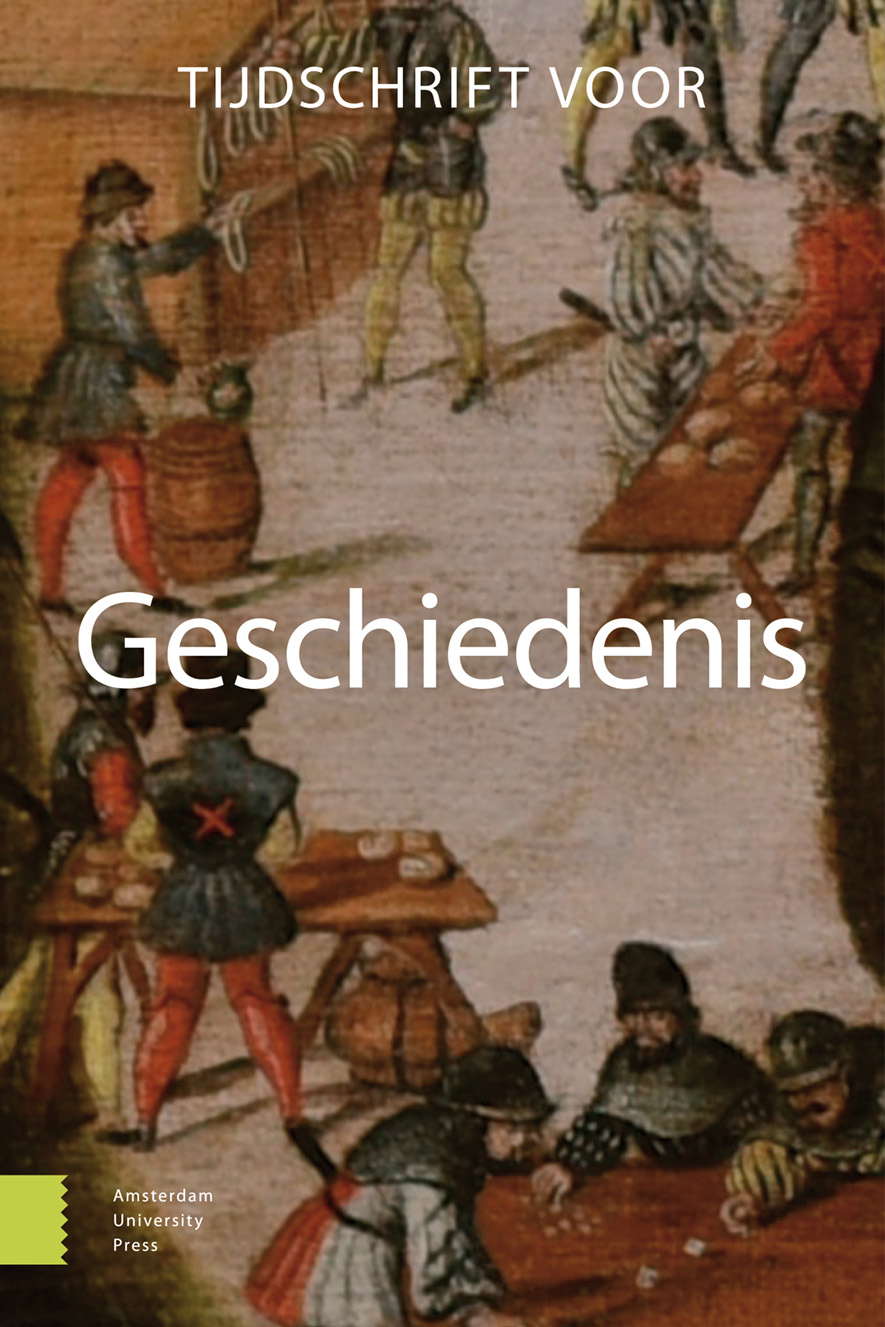-
oa Generaals in de groei
De militaire representatie van de kindkeizers Gratianus en Honorius op munten en in lofdichten
- Amsterdam University Press
- Source: Tijdschrift voor Geschiedenis, Volume 132, Issue 4, 2019, p. 541 - 558
-
- 01 Feb 2020
Abstract
Growing generals: the military representation of the child-emperors Gratian and Honorius on coins and in panegyric
Between 367 and 455 the Roman empire witnessed a series of children being elevated to the imperial throne. Meaghan McEvoy (2010; 2013) has convincingly shown that in the successive reigns of these child-emperors the imperial office was transformed from being active and military to being far more passive and ceremonial. Powerful generals were to take over the emperor’s military functions, while the young ruler came to fulfil an increasingly religious and ceremonial role. This article looks into the early phase of this transformation by investigating how the need for military leadership was dealt with in the cases of the child-emperors Gratian (r. 367-383) and Honorius (r. 393-423). A substantial amount of contemporary source material has survived from their reigns in the form of panegyrics and coinage. A systematic analysis of these sources relating to the various stages of their reigns shows that these emperors still had to live up to traditional expectations, at least in terms of their self-representation, and thus play the part of strong military leaders.


